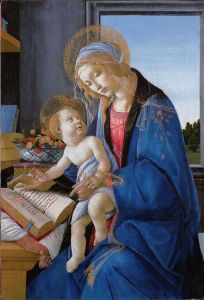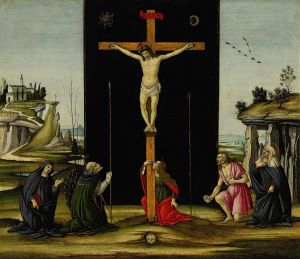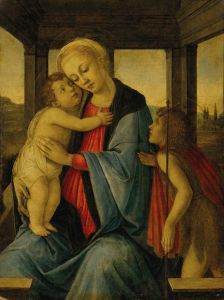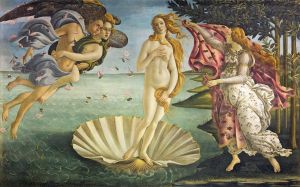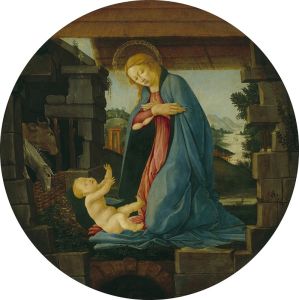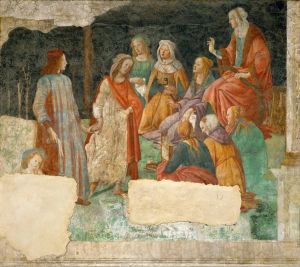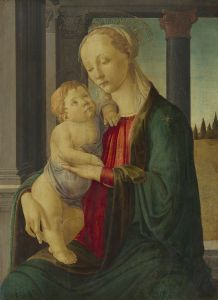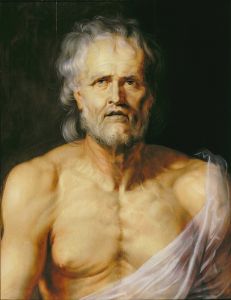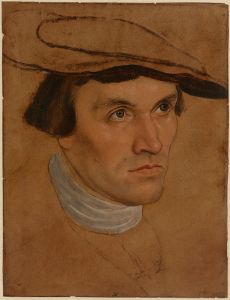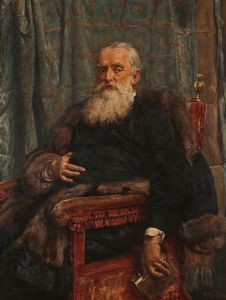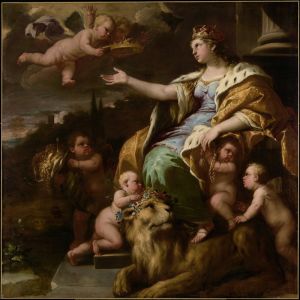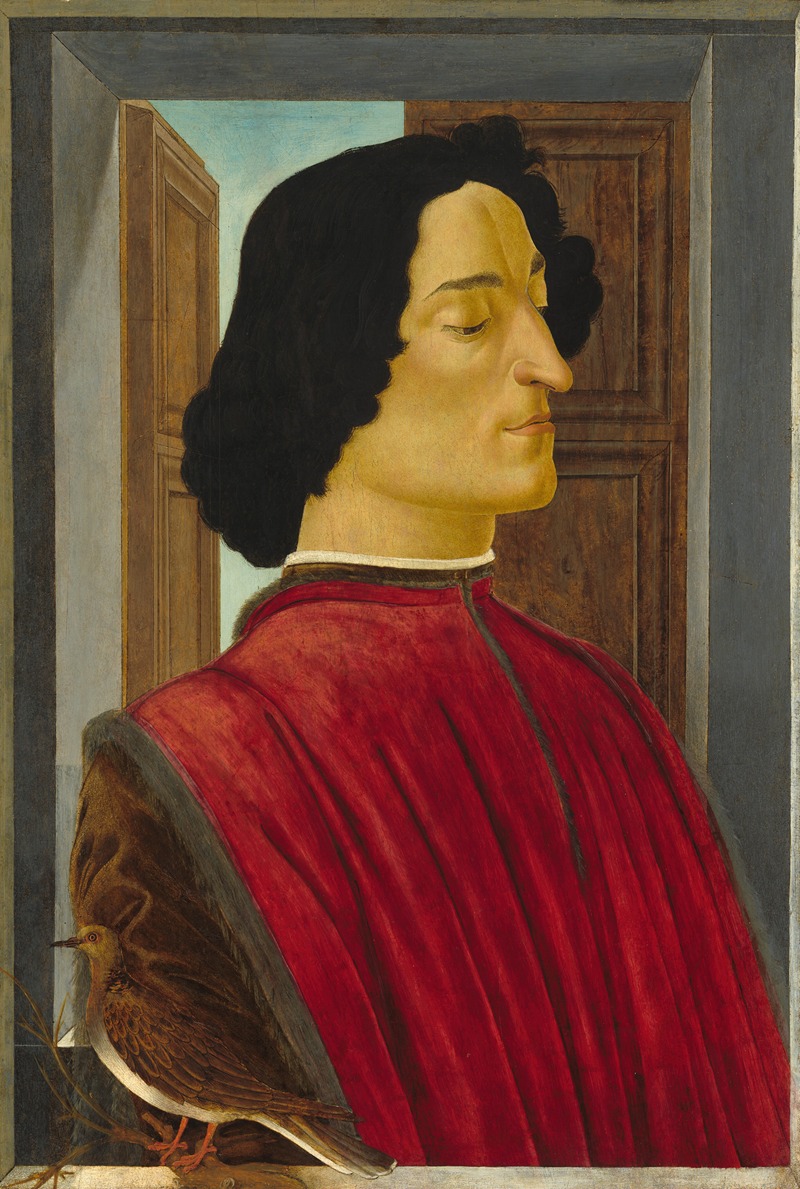
Giuliano de’ Medici
A hand-painted replica of Sandro Botticelli’s masterpiece Giuliano de’ Medici, meticulously crafted by professional artists to capture the true essence of the original. Each piece is created with museum-quality canvas and rare mineral pigments, carefully painted by experienced artists with delicate brushstrokes and rich, layered colors to perfectly recreate the texture of the original artwork. Unlike machine-printed reproductions, this hand-painted version brings the painting to life, infused with the artist’s emotions and skill in every stroke. Whether for personal collection or home decoration, it instantly elevates the artistic atmosphere of any space.
Giuliano de’ Medici by Sandro Botticelli is a portrait painting attributed to the Italian Renaissance artist Sandro Botticelli. The artwork is believed to depict Giuliano de’ Medici, a prominent member of the influential Medici family of Florence. Giuliano was the younger brother of Lorenzo de’ Medici, also known as Lorenzo the Magnificent, who was a key patron of the arts during the Italian Renaissance.
The painting is thought to have been created in the late 15th century, likely between 1478 and 1480, during Botticelli’s mature period. This was a time when Botticelli was closely associated with the Medici family and their circle of intellectuals and artists. The portrait is often linked to the aftermath of the Pazzi Conspiracy, a political plot in 1478 that resulted in Giuliano’s assassination during a mass at the Florence Cathedral. The Medici family commissioned various works of art to commemorate Giuliano and reinforce their political power following this event.
The portrait is characterized by Botticelli’s refined style, which combines idealized beauty with a sense of individuality. Giuliano is depicted in profile, a common format for Renaissance portraits, which was inspired by classical Roman coins and medallions. His features are rendered with delicate precision, emphasizing his noble demeanor and calm expression. The background of the painting is relatively plain, drawing attention to the figure and enhancing the sense of timelessness.
The exact location of the painting is not definitively known, as there are several portraits attributed to Botticelli that are believed to represent Giuliano de’ Medici. One such work is housed in the Uffizi Gallery in Florence, though its attribution to Botticelli has been a subject of scholarly debate. Another possible depiction of Giuliano by Botticelli is a posthumous portrait included in the artist’s frescoes in the Sistine Chapel in Rome.
Botticelli’s connection to the Medici family and his role in commemorating Giuliano highlight the close relationship between art and politics during the Renaissance. The portrait serves as a testament to the Medici family’s influence and their use of art to shape their legacy. While specific details about the commission and original context of the painting remain unclear, the work is widely regarded as an example of Botticelli’s skill in portraiture and his ability to convey both the physical and symbolic qualities of his subjects.





